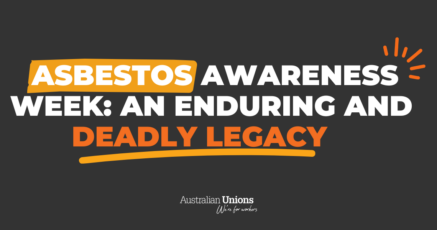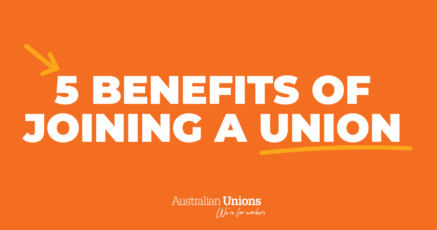Poor mental health is one of the fastest growing challenges to the safety of working people in their workplaces.
And it’s a financial strain on us all too: workplace mental health issues are costing the economy upwards of $200 billion per year.
Mental health injuries are also the fastest growing compensable claim – this really represents just a small fraction of people that are actually injured.
In fact, according to Safe Work, one in five COVID-19 related workers’ compensation claims in 2020 were regarding mental health. That’s nothing to sneeze at.
What does a psychological hazard look like?
A work-related psychosocial hazard is anything in the design or management of work that causes mental strain, stress or anxiety.
Hazard examples
-
Increased customer aggression over supply shortages
-
Delivery drivers having to work longer hours
-
Feeling isolated or excluded due to working from home
-
Nurses and care workers supporting patients while dealing with the emotional toll of not seeing their own families
The COVID-19 pandemic has introduced new or increased existing risks of psychosocial hazards for many in the workplace, including:
- Poor environmental conditions (such as not being provided with correct PPE)
- Exposure to violence and traumatic events
- Increased job demands
- Low support and isolated work
- Poor workplace relationships
- Poor organisational change management
- Increased emotional demands
It’s well and truly time to make mental health at work matter. And while public initiatives (like World Mental Health Day) are important in raising awareness and mobilising efforts in support of mental health, they’re not enough.
The next steps for workplace mental health
As recently as just last year, Australia was one of the only developed nations in the world to not have equal protections for physical and psychological health and safety.
In fact, there was no real obligation on employers to specifically identify mental health hazards in the workplace and address them, leaving Australia’s 13 million workers vulnerable to mental health injuries and illness arising from work.
It wasn’t until May 2021 (after much campaigning from the union movement and mental health advocacy groups) that state and federal WHS ministers voted to regulate psychosocial hazards at work.
This massive step forward places a positive obligation on employers to minimise and eliminate mental health hazards in the workplace just as they are required to for many physical hazards.
This is progress that the union movement has long been pushing for. And we’re slowly but surely getting there – over the last few years, unions have done a lot to expose the scourge that is workplace mental health through our Work Shouldn’t Hurt campaign.
That’s also what our Mind Your Head campaign is all about: recognising the impact that work itself has on workers’ mental health, and anticipating and preventing mental health injuries before they occur.
Australia has come a long way in recognising the importance of addressing workplace mental health, but there’s still a long way to go.
The best way to protect your mental health at work? Joining your union.
Union workplaces are safer workplaces. We have the evidence.
And the more workers who empower themselves by joining forces with the union movement, the stronger and louder our collective voice is to call for real, meaningful change and positive progress.








SHARE:
Let’s talk about Mental Health at Work